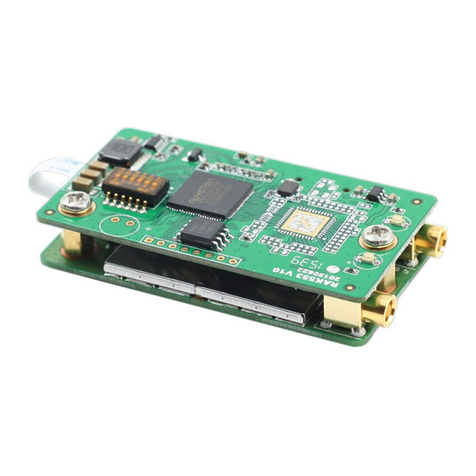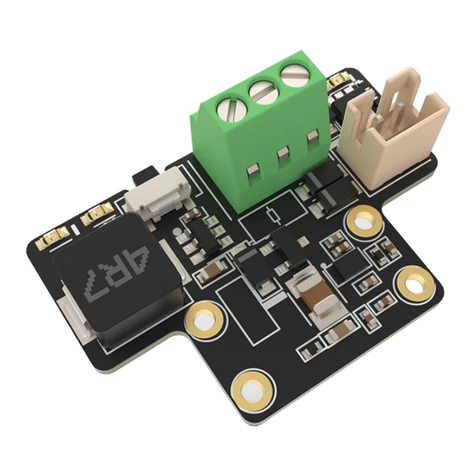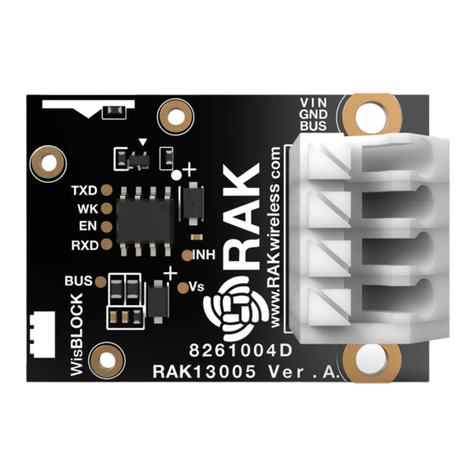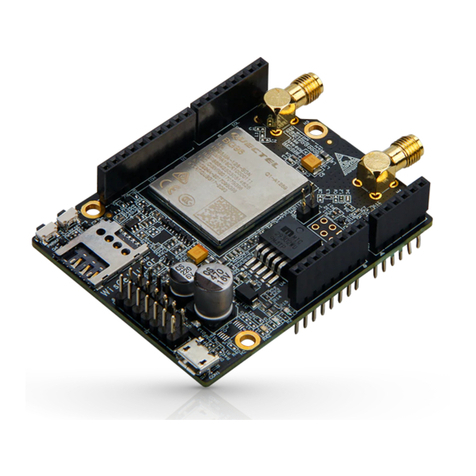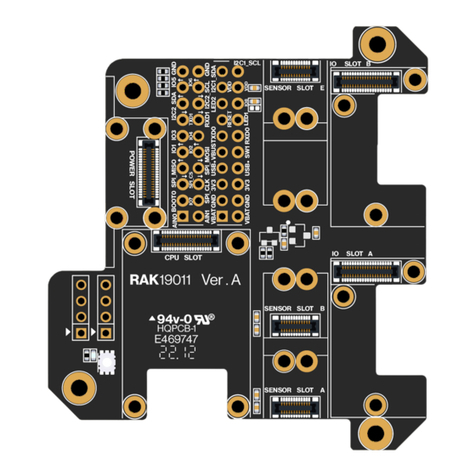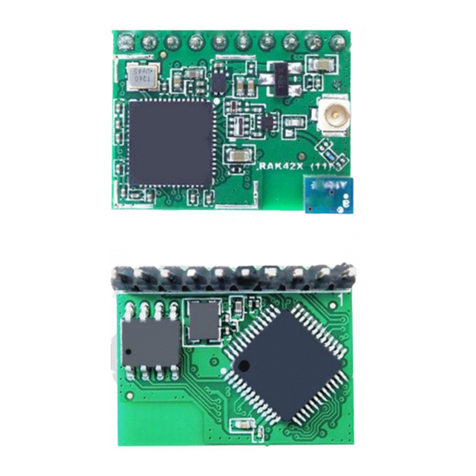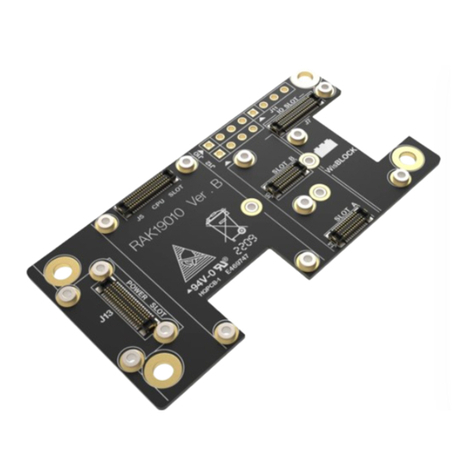Documentation Center
⚠
WARNING
Batteries can cause harm if not handled properly.
Only 3.7-4.2 V Rechargeable LiPo batteries are supported. It is highly recommended not to use other
types of batteries with the system unless you know what you are doing.
If a non-rechargeable battery is used, it has to be unplugged first before connecting the USB cable to
the USB port of the board to configure the device. Not doing so might damage the battery or cause a
fire.
Only 5 V solar panels are supported. Do not use 12 V solar panels. It will destroy the charging unit and
eventually other electronic parts.
Make sure the battery wires match the polarity on the WisBlock Base board. Not all batteries have the
same wiring.
Software Configuration and Example
In the example, you will be using the module. Before connecting high voltage modules to the RAK13007, make
sure to follow safety precautions.
For RAK13007, the accessible pin assignment is defined as follows in the Arduino IDE:
WB_IO4 for Relay Output pin
Initial Test of the RAK13007 WisBlock Module
Arduino Setup
Figure 8 is an illustration on how to use the RAK13007 relay for switching applications. You can connect any
module or device to the RAK13007 as long as it operates on its recommended voltage rating.
Figure 8: RAK13007 switching the LED
If you have already installed the RAKwireless Arduino BSP , the WisBlock Core and example code should now
be available on the Arduino IDE.
1. You need to select first the WisBlock Core you have.
RAK4631 Board



